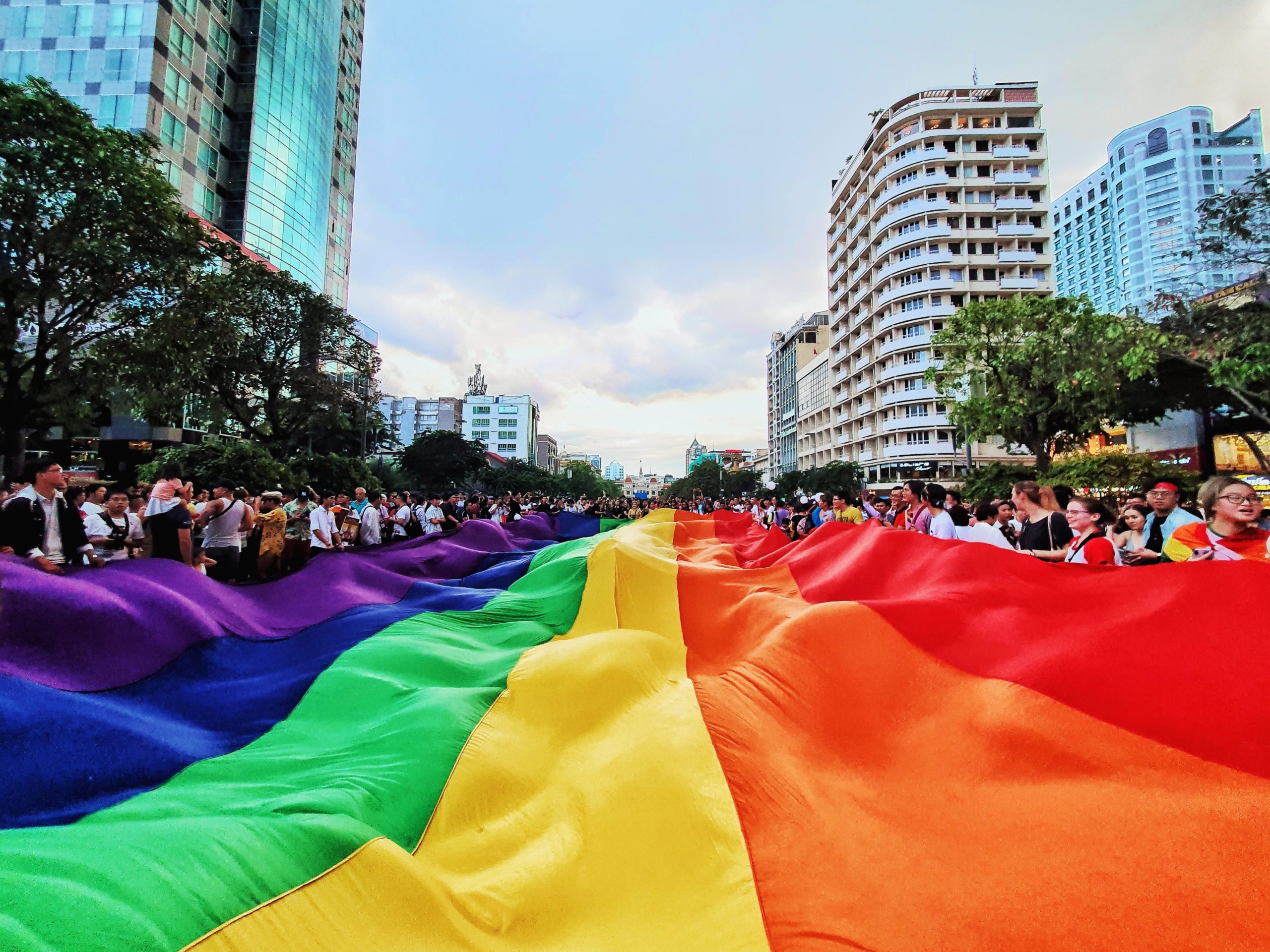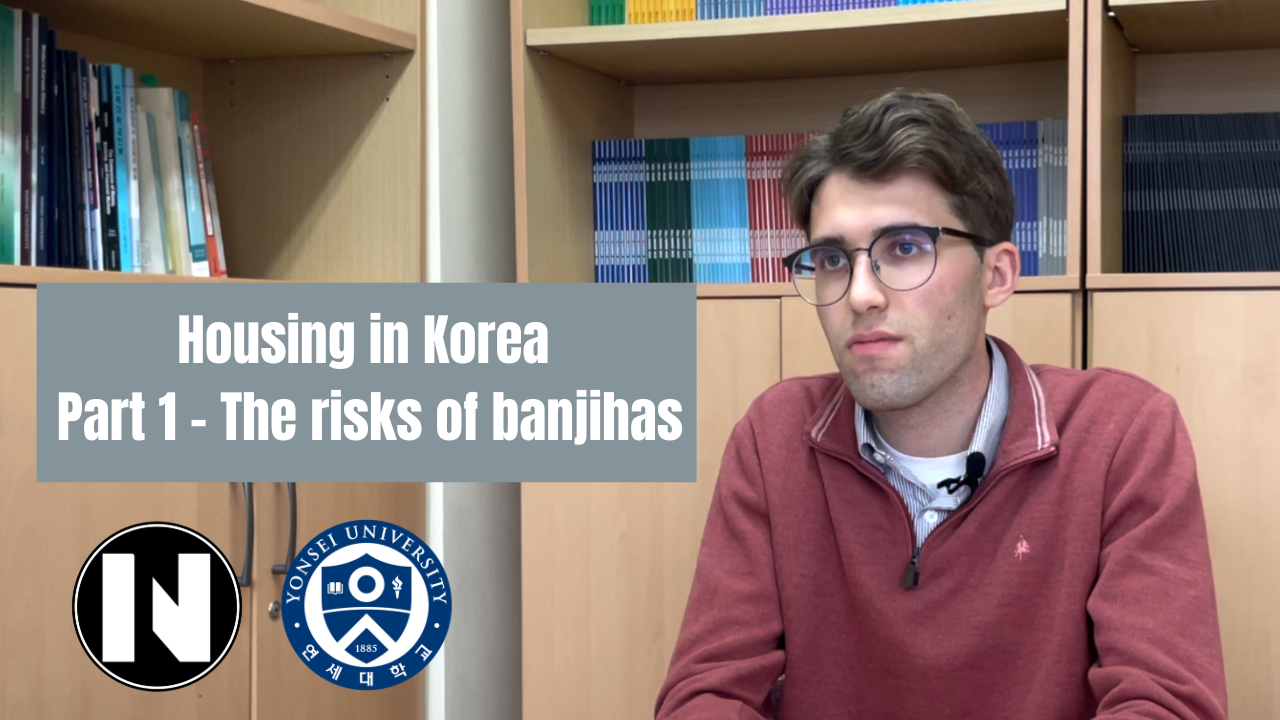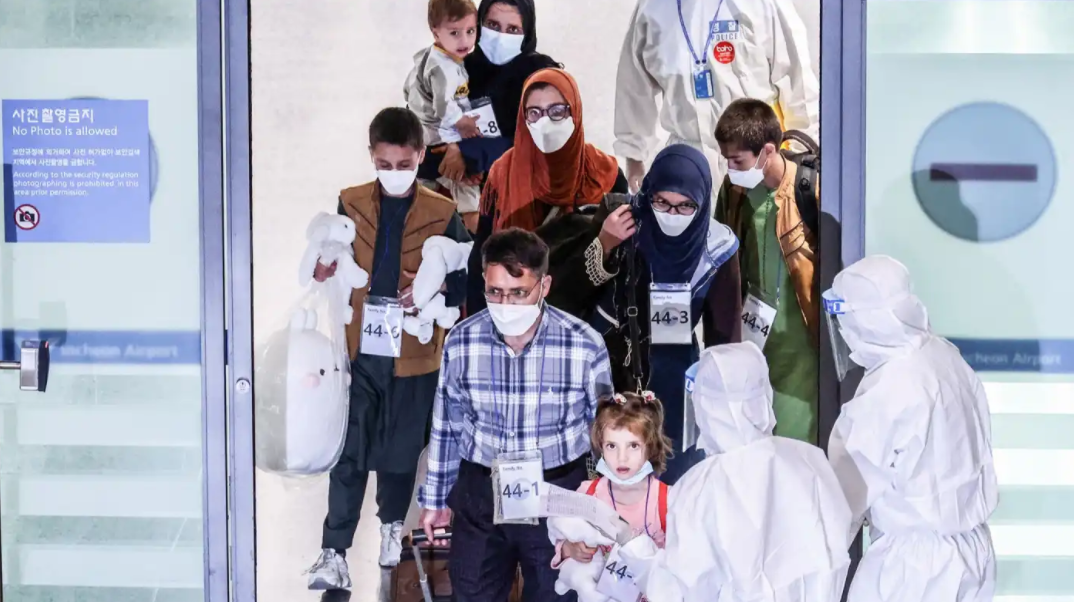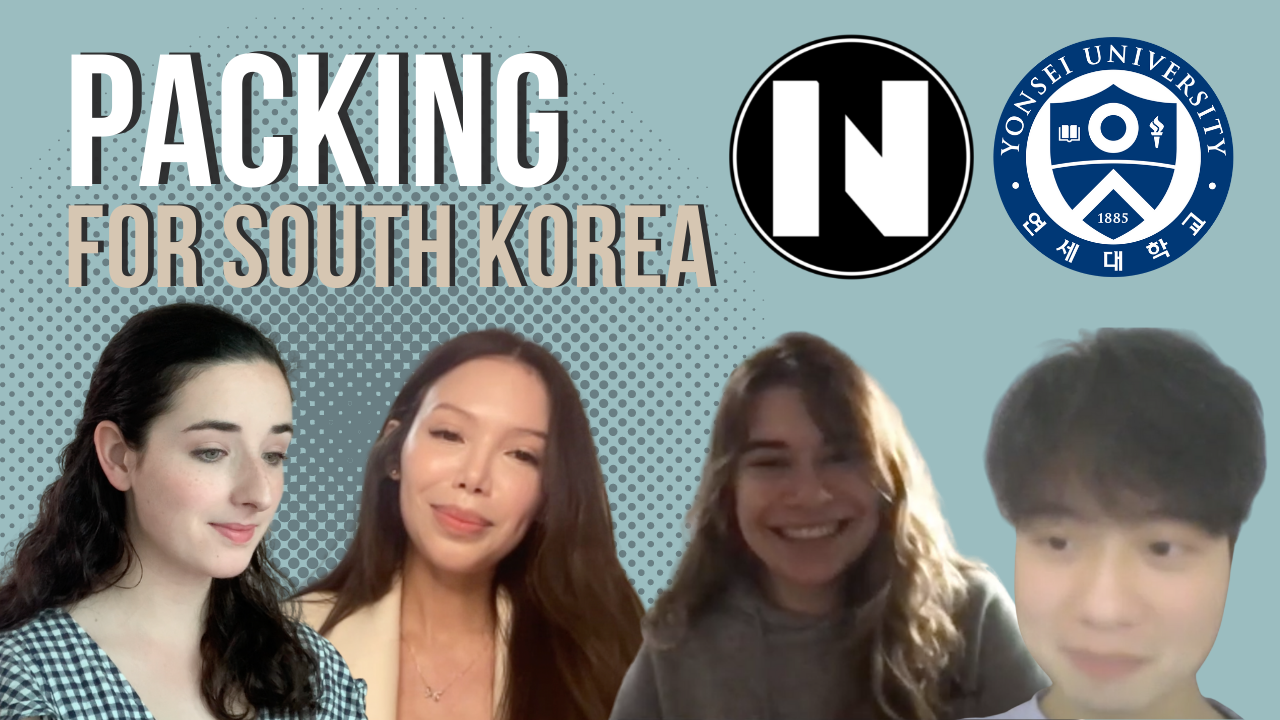When The Last Journey of Madam Phung, a critically acclaimed documentary about transvestite troupe singers in Vietnam, came out in 2014, I was deeply moved by its honest depiction of gender and sexual minorities. Discrimination is a constant feature of these singers’ peripatetic lives: they are stoned, framed for theft, beaten, and even witness their makeshift stages and tents (a lifetime investment of the troupe) burned down by locals who are both excited and repulsed by their gender-bending performances.
Though transvestite troupe singers don’t represent the entire gender and sexually non-conforming population in Vietnam, their experiences of discrimination parallel the hostility it faces. Vietnam has yet to recognize same-sex marriage, and the law on gender affirmation passed in 2015 has not been enforced. Research done by the Institute for Studies of Society, Economy and Environment (iSEE) between 2009 and 2012 found that a remarkable 29% of non-LGBT+ research participants held the misleading belief that homosexuality is a disease or is contagious, and about half thought it could be cured. A research-based on a survey of 2362 respondents by iSEE in 2015 noted that one-third of research participants experienced discrimination due to their gender identity or sexual orientation in the last 12 months. The 2014 report reviewed by UNDP and USAID acknowledged that gender and sexual minorities faced stigma in finding jobs, accessing health care services, and finding accommodation.
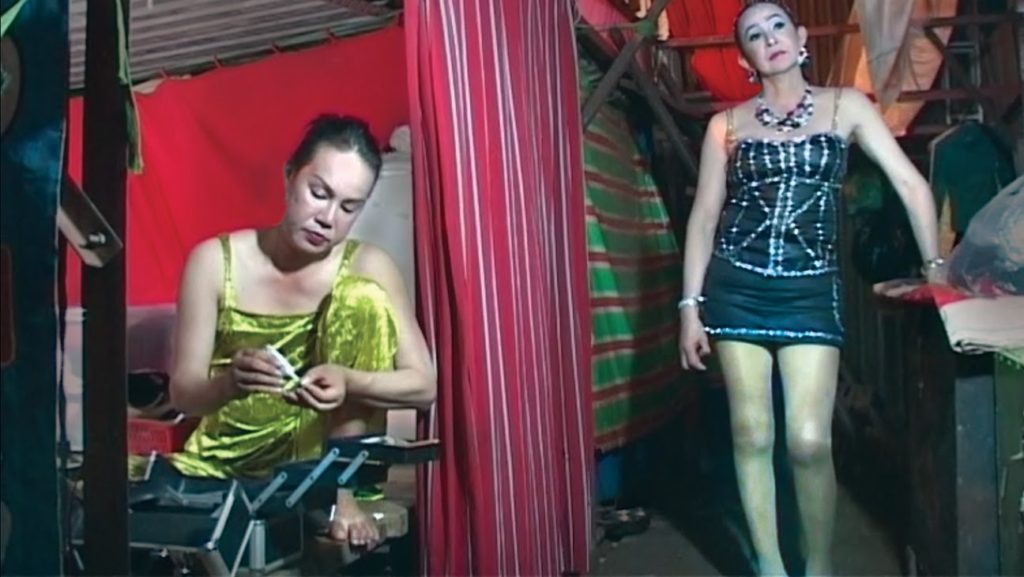
(A scene from documentary The Last Journey of Madam Phung, featuring real-life transvestite troupe singers/ Photo by hollywoodreporter)
So with that came a desire to undertake a project to explore LGBT+ lives. I wanted to snatch glimpses into the lives of queer people through a number of interviews with them. The first thing I learned is their conscious efforts to gain full social acceptance.
Khai is a 23-year-old gay man, who works as a consumer credit counselor. According to Khai, he has always been “soft-spoken” since he was a child and “had very little in common” with boys his age, thus spending most of his time with female friends, which caused him to be bullied and teased until he entered high school. When he had his first crush on another boy at age 17, he realized that he’s gay. Experiences of discrimination left a lasting imprint on his outlook on life. He told me: “What I truly want right now is to become rich and successful. That’ll put an end to discrimination.” Khai believes that becoming wealthy is his way of getting people, his parents included, to accept him. It would be a way to show that despite negative stereotypes of homosexuals as incompetents without decent jobs, he is “not fooling around or wasting” his time and is “a normal person just as worthy of equal treatment.” Khai also stressed that he makes an effort to conduct himself ‘normally’ – that is – to not act too effeminately or demonstratively, as many people, having been exposed to the media’s exaggerated depictions of queer men, assume gay men would.
Though Tai, a 20-year-old student identifying as a gay man has not experienced discrimination due to his sexual orientation at school, he held a very similar view: “When my friends and teachers found out that I’m gay, they could not say anything against me because I was one of the brightest students in class. It dawned on me then that I have to be better than everyone else so they’ll accept me and won’t treat me differently or look down on me because I’m gay.” Echoing this sentiment, Giang, a 23-year-old pansexual woman working in the service sector told me she relied on successful LGBT+ figures in Vietnam such as Huong Giang idol – a transgender celebrity – to win her friends’ support when she came out.
While these might be effective strategies to garner social acceptance, they are not unproblematic. Wouldn’t this drive to achieve success to earn social acceptance, however well-intentioned, deepen rather than transcend heterosexist norms and sow internal conflicts within the LGBT+ community? Doesn’t it justify disqualifying less successful LGBT+ people from full social acceptance without acknowledging that antisocial behaviors and a lack of success among some of them might have been due to discrimination or a matter of ability and personality rather than gender identity and sexual orientation? Wouldn’t it cause queer men that are too feminine and thus too similar to dominant media depictions of the LGBT+ community to be blamed for ruining its good name?
Duyen is 31 and a bisexual woman who works as a translator assistant. She acknowledged this issue. “I don’t remember where I read it, but it’s a post from some online LGBT+ community. Someone wrote that effeminate gay men acting over the top are why queer people are so hated. And they ended with something like ‘stop acting too girly and be normal, so straight people won’t discriminate against us’. Many agreed with that, though I’m glad many did not. Of course, it’s problematic that all queer men portrayed in the media come off as sissy because not all of them are like that. But look, some gay men are indeed feminine, and that’s okay too. What needs to change is the public mind, not these people who are just being who they are. And what’s “normal” anyway? That’s like saying we’re all for diversity and LGBT+ rights while imposing heteronormative norms on queer people.”
As problematic as they are, what Khai, Tai, and Giang did to get support and acceptance are reactions to the circulation of negative LGBT+ stereotypes in the media and by the government. News reports often unnecessarily emphasize gender and sexual nonconformity in reporting crimes committed by LGBT+ people while making no mention of heterosexuality when the transgressors are straight. The state-run media’s labeling of homosexuality as a social evil on par with gambling, drug-trafficking, and prostitution in 2002 gives more credence to already widely circulated associations between being queer and anti-social behaviors. The disapproval of effeminate queer men mentioned in Khai’s and Duyen’s anecdotes is also related to the fact that queer representation in Vietnamese films and TV shows has been dominated by funny, overly feminine male characters remembered for their garishness, foul-mouthedness, and promiscuity that generate laughs but not feelings of affinity. Though LGBT+ activism has led the government and the media to perceive and depict the community in a more positive light, the public’s perception of gender and sexual minorities is still shaped by such negative portrayals.
Depictions and labeling of this kind reify existing stigma against LGBT+ people and might have given birth to what Martin and McGee, who researched academically successful Mathematics and Engineering black students, called the “prove them wrong syndrome” – defined as a drive to counter negative stereotypes through achievements, which is seen among black students that are negatively stereotyped. This is likely why the interviewees feel pushed to make something of themselves, conduct themselves in a way that is perceived to be ‘normal’, and use positive queer figures to prove to other people, and probably to themselves, that their sexual orientation places no limitations on their ability to become ‘normal’, competent members of society and are certainly not roots of sociopathic attributes.

(Huong Giang Idol – a Vietnamese singer who identifies as a trans woman/Photo via loading)
The impact of heteronormative norms on gender and sexually non-conforming individuals, however, does not end there.
“I cannot just come out anytime I like. If I had told my parents that I’m a transwoman a few years ago, they wouldn’t have taken me seriously. They would have said that ‘You’re not in your right mind, or you’re too young to understand anything’, even though I couldn’t be more sure about myself. So I thought I would wait until I’m 18 years old to tell them the truth. Then they wouldn’t dismiss what I say as teenage nonsense anymore. They’d take me seriously.” said Tung, a 19-year-old trans woman, and student.
Duyen encountered a similar issue: “When I told my friend I’d been in this relationship with a girl for a few months, she was surprised but accepting. But then she asked me if I’m sure if that’s love or if I mistook friendship for love because I may not have been interested in women at all. I might have just been confused about my feelings. I’m sure she wouldn’t have asked me that if I was dating a guy.”
Their experiences show that despite increasing tolerance of LGBT+ people, gender and sexual nonconformity is still not wholeheartedly accepted. Heterosexuality and cisgenderism have always been assumed of people, so no one bothers discovering them. Since everyone is assumed and expected to be heterosexual and cisgender at birth, even a child can say they are straight without having their claim questioned or being told to wait until they are old enough or absolutely sure about it, the same way straight, cisgender people won’t be asked whether they might have confused friendship with a person of the opposite sex with romantic attraction. Yet such skepticism is shown towards LGBT+ people and even internalized by some of them.
These interviews indicate how deeply entrenched heteronormativity is and that despite growing social acceptance of gender and sexual minorities in Vietnam, negative LGBT+ representations linger on and continue to impact LGBT+ people, and anything that strays away from heteronormativity is still treated with hesitation and doubts. It’s in this environment of skepticism, which may eventually translate into internalized stigma and self-doubts among LGBT+ people, that knowledge about gender and sexuality as well as positive queer role-models and media depictions should be increased to provide gender and sexually non-conforming individuals the reassurance and self-affirmation that society has not yet given them.
“It’s really reassuring to have more information about LGBT+ issues. It’s also nice to know that there are other people like me and to see something positive about us in the media. That tells me that I’m not alone, that I’m normal”, Khai remarked.
The interviews featured here may not represent the experiences of every queer person in Vietnam, but they do provide some interesting insights into what it’s like to be queer in the country and detail subtle forms of discrimination against queer people. Their insights suggest that the current achievements in the field of LGBT+ rights in Vietnam are certainly great, but more has to be done. Equality is only achieved when all forms of gender expressions and sexual orientations are fully accepted, recognized, and incorporated into the upbringing of our current and future generations, so they no longer need to be proven right or backed up by accomplishments.
Luu is an International Relations student at Tokyo International University. Her interests include cultural studies, gender relations, and media representations. She believes that most problems in the world can be solved if people start adopting a more human-centric standpoint. She has previously written for NOVAsia.
- “I Love My Body”: Hwasa and Female Empowerment in K-Pop and Korean Society - May 6, 2025
- English Fever in South Korea - February 24, 2025
- South Korea’s Medical School Expansion – Cure Worse than the Disease? - October 20, 2024

